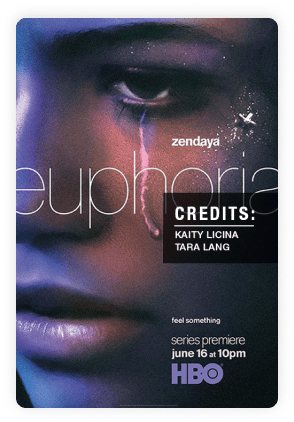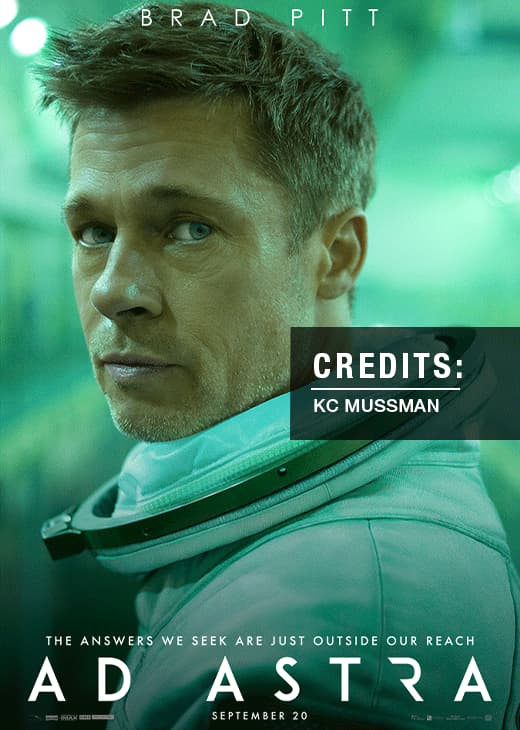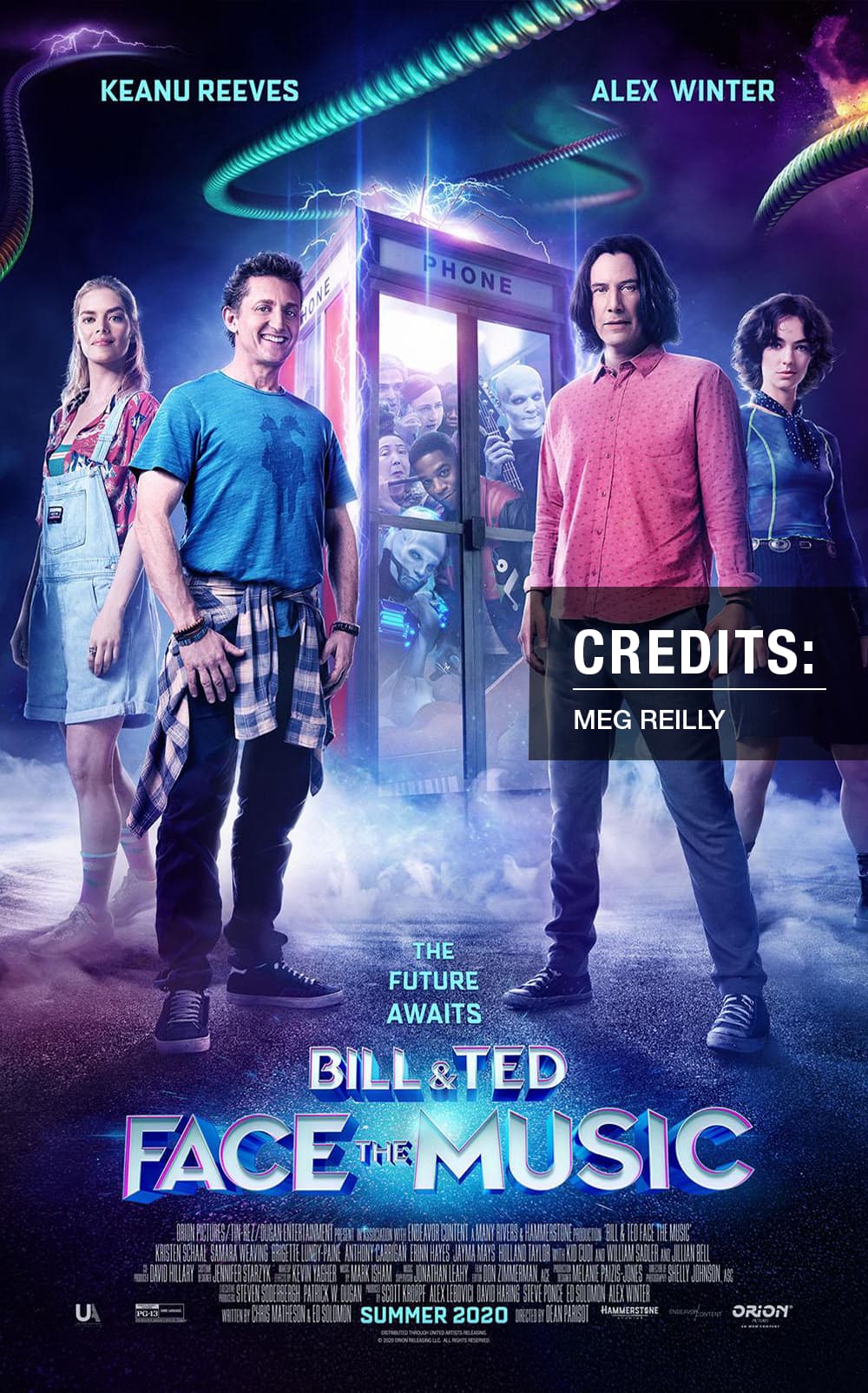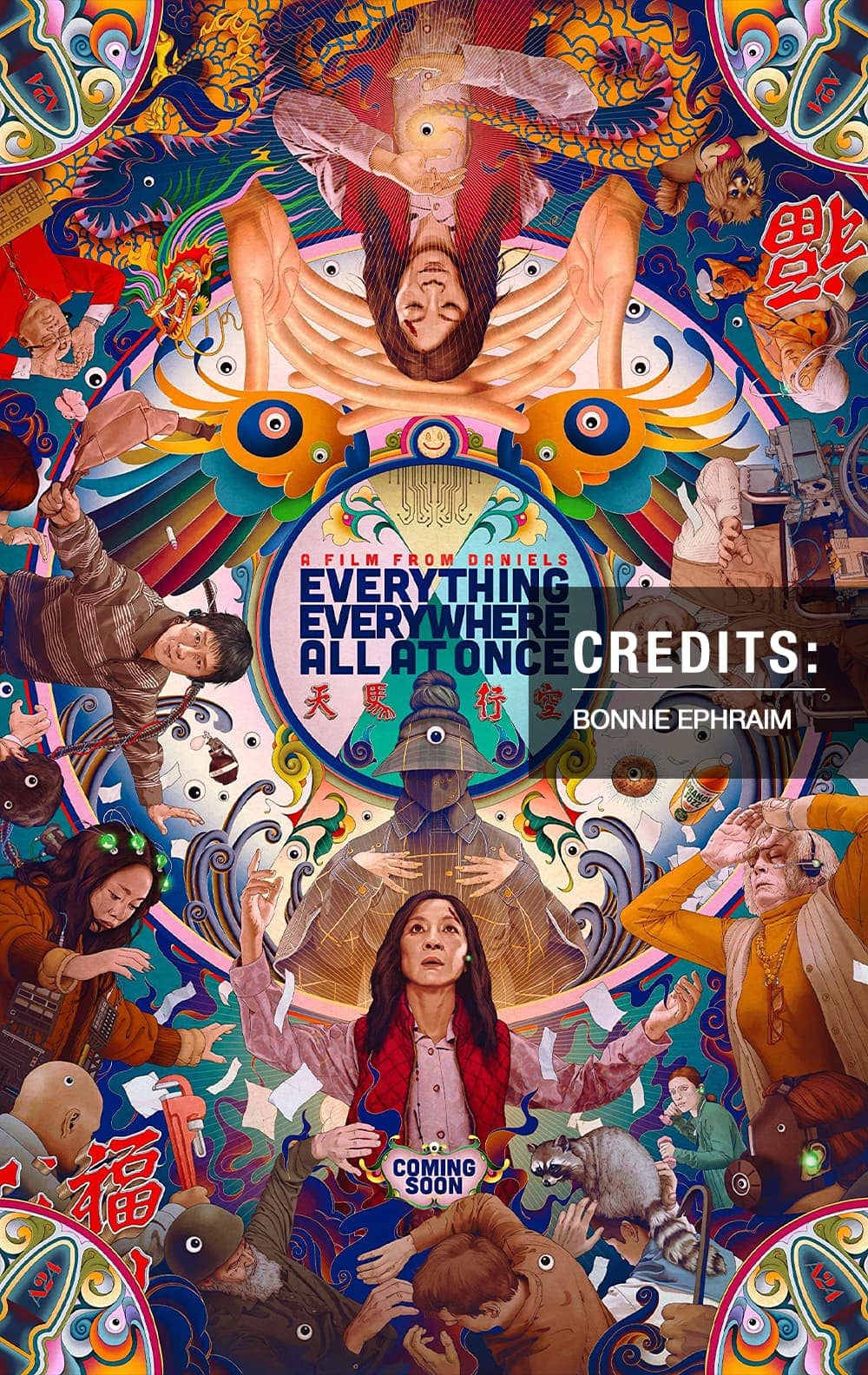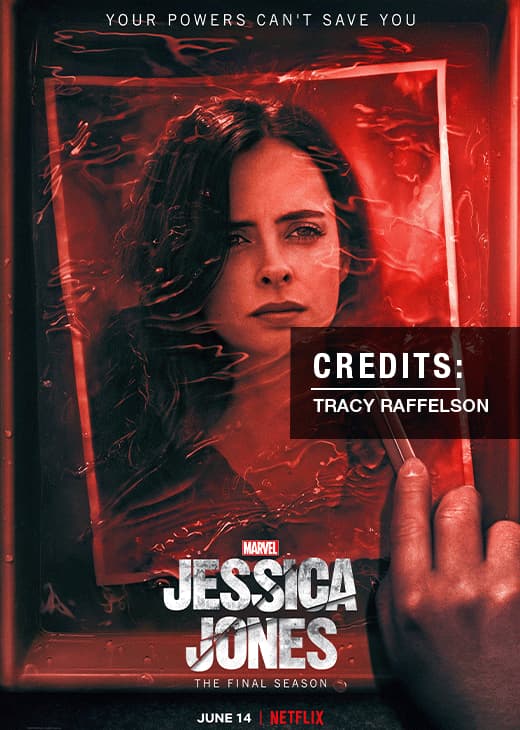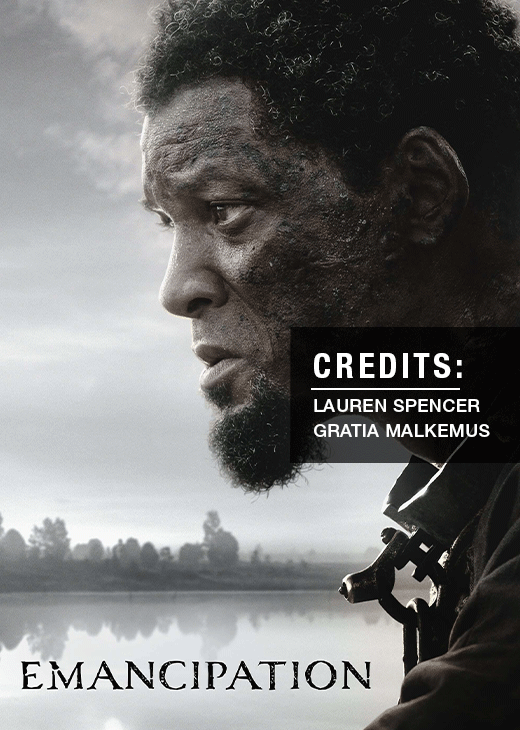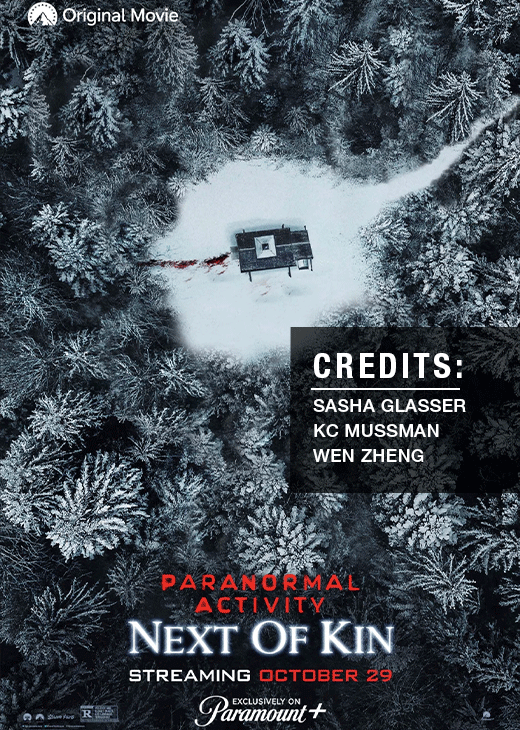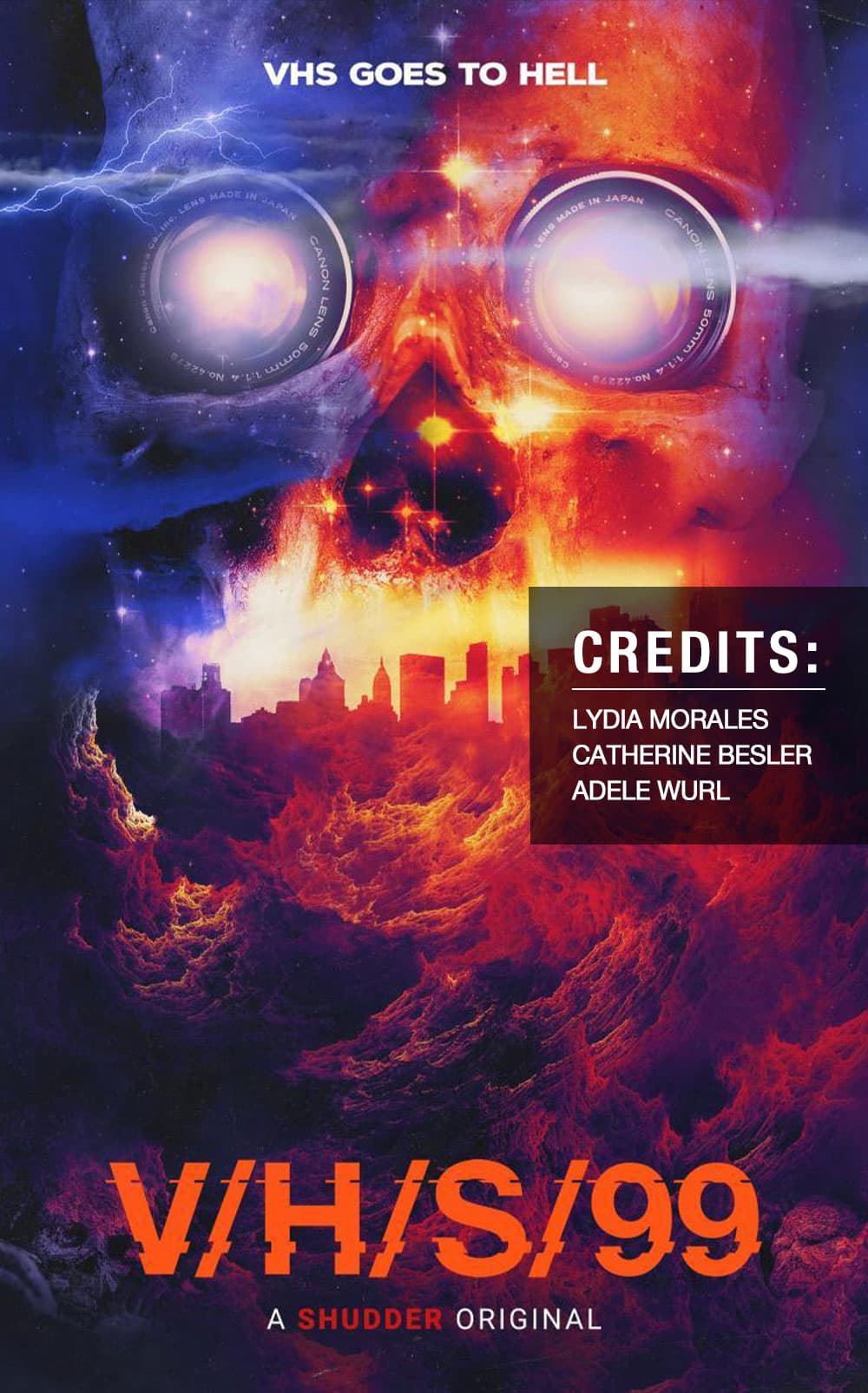In film, television and live attractions, the realism of characters and creatures depends heavily on the artist’s skill in special effects makeup. For makeup artists ready to move beyond basic bruises and latex scars, mastering advanced SFX makeup techniques is essential.
Whether you’re designing a silicone severed head, building a lifelike replica of a face, or sculpting detailed prosthetic pieces, high-level artistry and technical ability are what separate amateurs from professionals.
In this blog, we’ll explore the must-know SFX makeup techniques that take your skills to the next level.
Why Makeup Artists Must Learn Advanced SFX Makeup Techniques?
Learning advanced SFX makeup techniques has become essential for makeup artists who want to stay competitive and meet the demands of high-end productions. As productions aim for more ambitious visuals and hyper-realistic characters, the demand for artists who can go beyond the basics is rapidly growing.
Let’s explore why advancing your special effects makeup skill set is critical for career growth in today’s makeup industry.
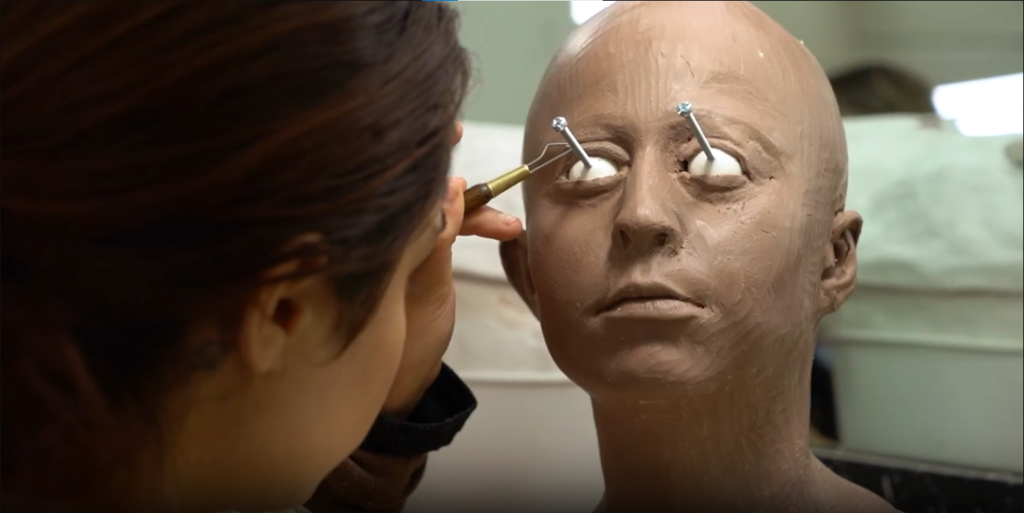
-
It Develops the Skills That Set You Apart From Basic-Level Artists
If you’re tired of sticking to basic wounds and latex scars, it’s time to level up. High-end productions need effects that hold up under studio lights and 4K close-ups. Mastering advanced special effects makeup techniques gets you there.
-
Studios Expect Lab-Ready Artists, Not Just Creativity
Studios, SFX labs and production houses expect more than raw talent; they need precision, consistency and experience with industry materials. That’s where advanced techniques prepare you to meet those high expectations.
Check out: Career Options for Special Effects Makeup Artists
-
To Build a Portfolio That Attracts High-End Productions
The jobs you want, on feature films, streaming hits and theme park projects – don’t go to beginners. They go to artists who can show serious skills in their portfolios. Advanced training gives you access to opportunities that beginner-level skills simply can’t unlock.
-
Advanced Training Unlocks Full Character Creation Freedom
Learning higher-level SFX makeup techniques gives you the ability to create full characters from start to finish. From sculpting and casting to painting and adding final details, you’ll be able to build everything yourself. You’re not just applying effects made by others, you’re creating them from the ground up.
See what our students have to say on their Final Day after completing the Advanced Lab Techniques program –
Course Breakdown: Advanced Special Effects Makeup Training
In the previous section, we explored why learning advanced SFX makeup techniques is so important for any serious artist. But now the big question is – how do you actually master these skills?
And that’s where the Cinema Makeup School’s Advanced Lab Techniques program makes all the difference.
This 4-week, 140-hour intensive course is built for artists who have completed the core training in Prosthetic Makeup and Special Effects Makeup, or those approved through a portfolio review.
Throughout the program, you’ll work on sculpting, casting and painting realistic prosthetic designs, like faces, heads and detailed character parts, that mirror the demands of high-end productions.
1. Learn Full-Head Life Casting
The process starts by creating a detailed replica of a model’s head using high-grade molding materials such as silicone. The resulting cast becomes the base for sculpting detailed character designs or prosthetic applications. It’s an essential step for creating custom-fit prosthetics and provides an accurate foundation for building lifelike busts or unique character builds that require precise anatomical structure.
2. Master Sculpting Facial Likeness
Once the cast is complete, artists sculpt directly onto it to recreate facial features, ranging from realistic human expressions to fantasy creatures and stylized designs. This process demands a strong understanding of facial symmetry, structure and proportion. It also helps sharpen skills in texture mapping, detail enhancement and turning a reference or likeness into a believable sculpted character.
3. Build Durable Epoxy Molds
Epoxy molds offer greater strength and longevity than standard plaster molds, making them ideal for capturing fine sculptural details and repeated use. Students learn how to layer and reinforce molds properly, apply release agents and seal surfaces to prepare for repeated casting. This technique is foundational for producing high-quality, long-lasting molds used in professional settings.
Related Article: Why Every Serious Makeup Artist Should Learn Mold-Making Techniques
4. Create Lightweight Forms with Roto Casting
Roto casting is the technique of filling a mold with silicone or resin while continuously rotating it to ensure the material spreads evenly along the inside surface.
This technique produces hollow, lightweight pieces ideal for wearable designs like full-head masks, helmets, or props. It’s a go-to method in the special effects makeup industry for saving material while maintaining structural integrity and fine surface detail.
5. Cast Realistic Silicone Prosthetics
Silicone casting is one of the most advanced parts of the program and is essential for achieving realistic skin textures and movement. You’ll learn how to mix and pigment silicone for natural-looking effects, pour or inject it into detailed molds and safely remove the finished cast without tearing or warping. The outcome is a flexible, lifelike piece that’s ready for final detailing and finishing.
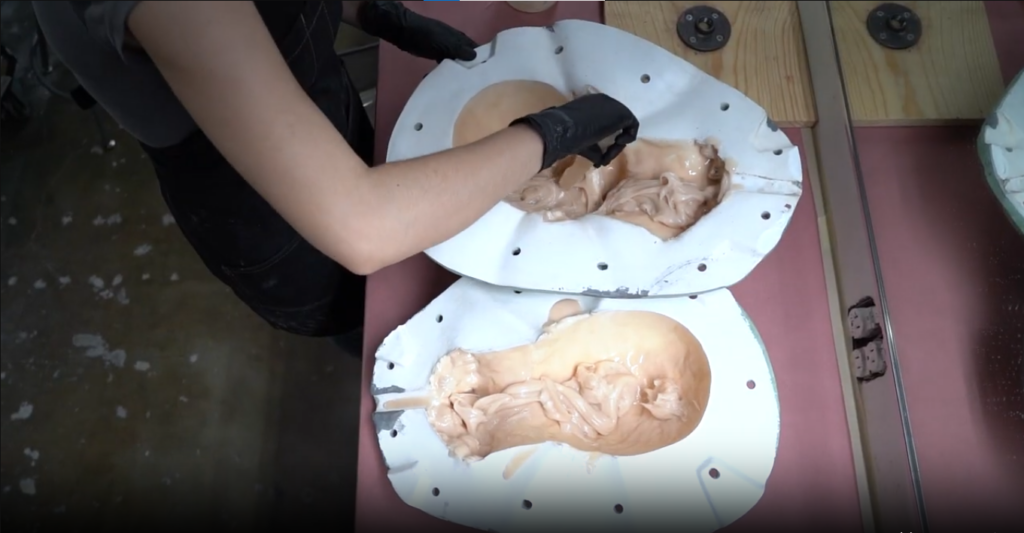
Get insights on: How to Make a Face Cast That Fits Perfectly for Prosthetic Makeup?
6. Learn Seam Removal and Surface Patching
Even with precise molding, silicone casts often have visible seam lines. This part of the training teaches students how to smooth and hide those seams using professional solvents, fillers and retexturing tools. You’ll also practice blending patched areas with surrounding textures and matching paintwork, ensuring the final piece looks seamless on camera.
7. Develop Hair Punching Precision
Hair punching is the technique of inserting individual strands of hair into silicone using a fine needle, a time-consuming but critical process for realism. This is how you add believable eyebrows, facial hair and scalp coverage to characters. You’ll learn to control direction, spacing and hair density, which are key factors in achieving natural-looking results.
8. Airbrush Silicone Like a Pro
Silicone doesn’t behave like foam latex or other materials, so it requires unique painting methods. You’ll be taught to use pigments specifically made to bond with silicone and how to layer colors to create realistic skin tones, veins, mottling and depth. The focus here is on building highlights, shadows and lifelike texture that won’t peel or flake.
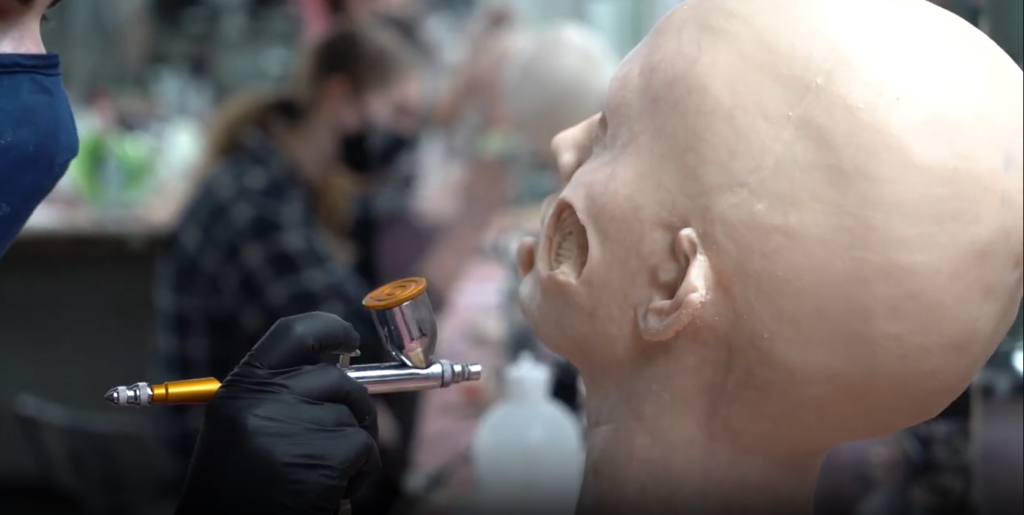
9. Craft Realistic Eyes from Scratch
Creating realistic eyes involves several steps, starting with sculpting the eye shape and adding painted detail to create depth and expression. A glossy finish is then applied to give them a lifelike, wet look. Once completed, these eyes are carefully installed into character busts with accurate positioning. Though often subtle, well-crafted eyes add dramatic realism and can instantly elevate the impact of any prosthetic piece.
10. Install Final Details: Teeth and Prosthetic Eyes
The final details, like adding teeth and prosthetic eyes, can take a sculpture from good to jaw-dropping. These elements add realism, character and expression to your work. They’re especially important in display pieces, film-ready busts and body doubles and they significantly increase the professional value of your portfolio.
Ready to take your special effects makeup skills to the next level? Schedule a tour of our campus in Los Angeles, USA and see where your creativity can take you.








